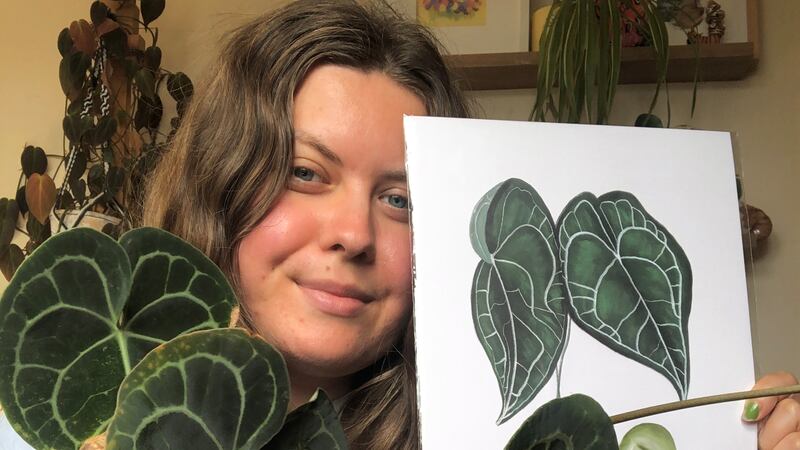FINDING out that your child has a missing front tooth can be heartbreaking. Especially if everything looked good with their milk teeth – all the baby teeth were present, and you managed to keep them all white and healthy for them during their early years.
It’s annoyingly quite common for an upper front tooth to be missing. About one in 50 children will have a missing upper incisor tooth, not the big central one but the smaller tooth adjacent to it known as the lateral incisor. This missing tooth can run in pairs, with the same tooth on the other side either missing as well, or it can grow in as a malformed tiny version of the tooth known as a peg-shaped lateral.
It tends to run in families so if Uncle John has missing teeth from birth then the chances are higher for your children ending up in the same predicament. Some parents find out at around eight to nine years old when this tooth is typically expected to join the party and erupt into position.
If the tooth hasn’t formed, the baby tooth can remain in place, looking dwarfed by the neighbouring central tooth. However, many times the baby tooth falls out leaving a lonely gap waiting to be filled by an adult tooth that never comes.
Now there is the issue of the gappy-tooth smile and how to manage the space. If nothing is done the canine teeth at the corner of the smile will drift towards the middle, closing the gap partially. Then braces can be put on to squeeze out the remaining spaces. This, while the spaces have been closed, leaves the person with a narrow smile, slimmer face shape and unideal bite.
Another way to approach the gap is to maintain the gap from the age of eight years old until adulthood when an implant or bridge can be placed. I’m not saying the child has to go around with a space for 10 years – something like a temporary bridge can be put in the gap.
This then keeps all the teeth in their correct position, which is vital to create a good bite, pain-free jaw joints, optimal airway space and maximises facial growth and appearance.








